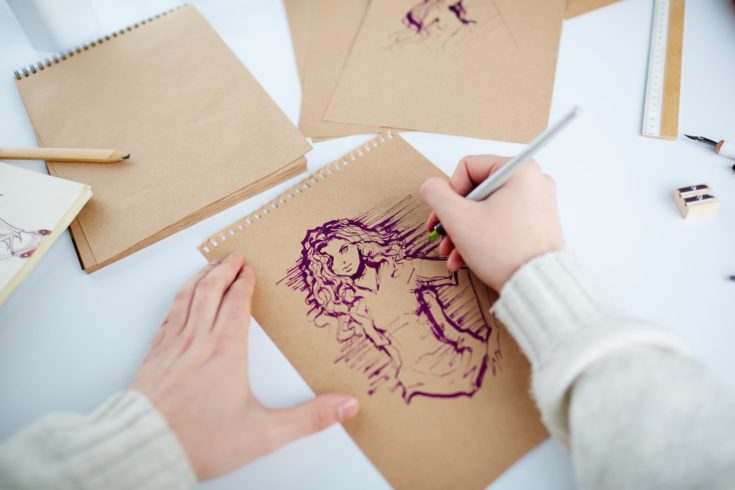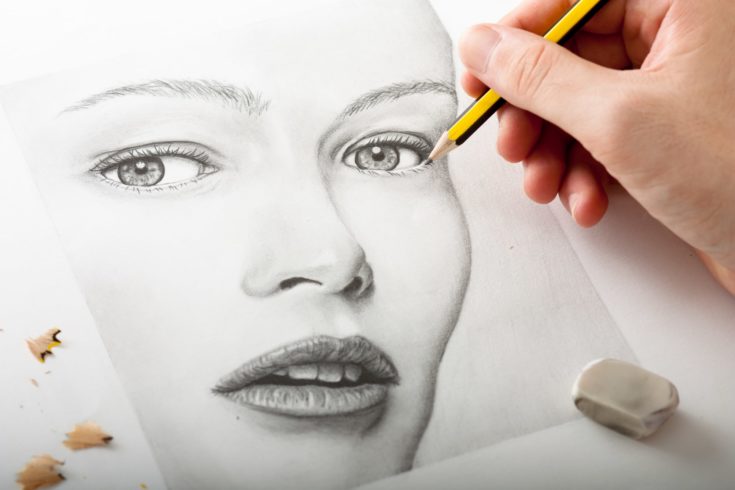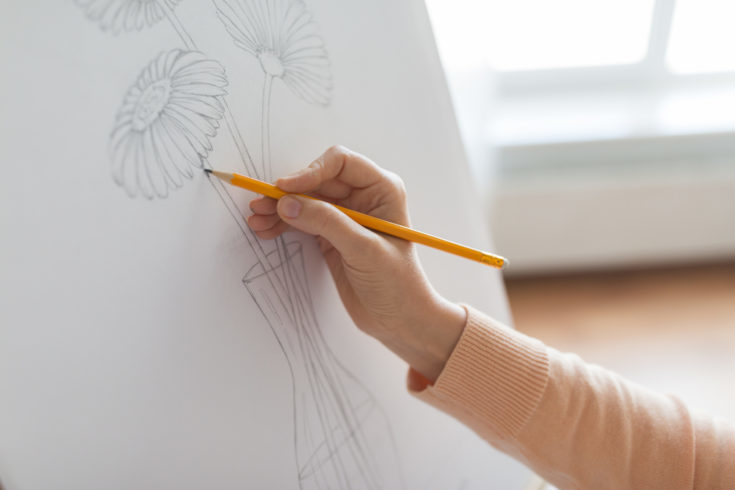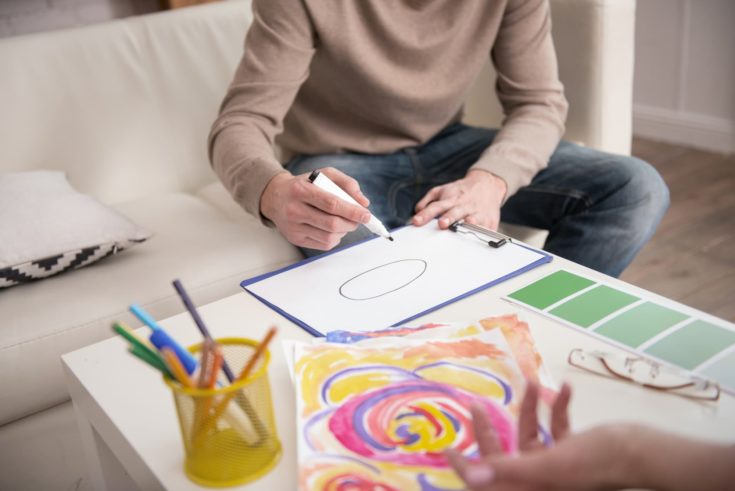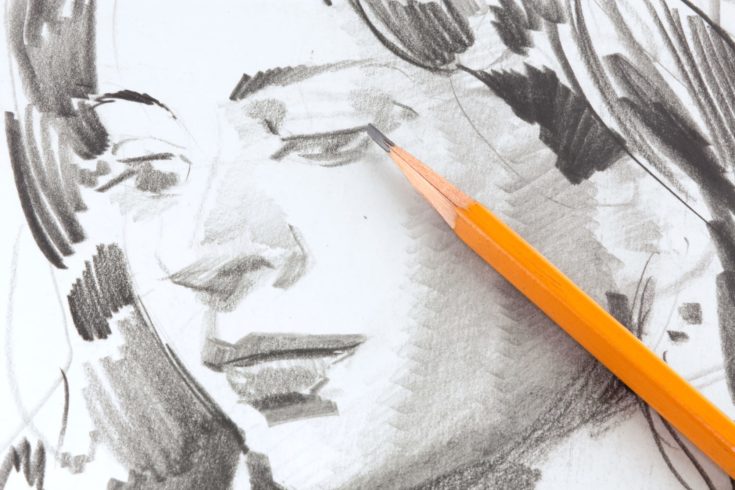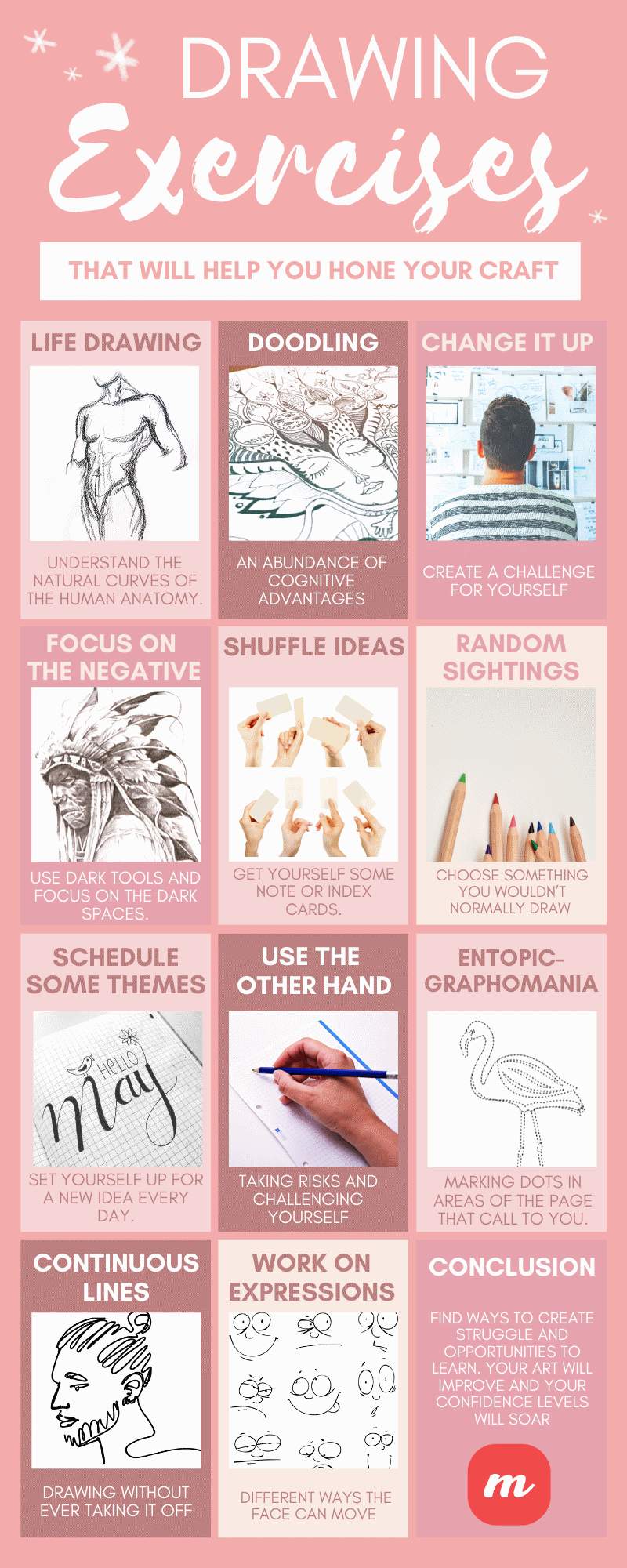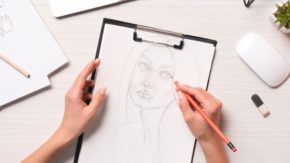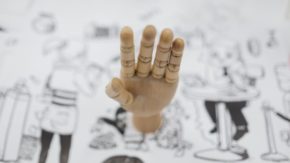Art is a calling for some. For others, it’s a simple spark of interest that turns into a passion. And for some others, drawing is a hobby. No matter where you fall on this scale there is one fact that is universal if you don’t practice your art you won’t improve.
For those of us who draw this is good news. We do it because it’s fun and we love it. We’ve put together a list of exercises to improve your drawing skills for you to try out. They may not all work for you but we are sure everyone will find something that appeals to them here.
Life Drawing
Nude models are an age-old exercise that has been used to help art students understand the natural curves of the human anatomy. If you are in the right setting, the model should move every so often and the artists should be quickly drawing as the model moves. By doing this the artist is forced to look at the subject differently and adapt. However, if you’re simply practising casually at home, it’s worth investing on a poseable mannequin.
The human figure offers a variety of textures and shadows that prepares the artist to handle a variety of subjects. I prefer to work in cartoons, which look very different than real anatomically correct humans. Yet, I love my life drawing classes because I get a better understanding of how the human body moves.
Doodling
I am an avid doodler. There is a blissfulness in this practice that isn’t matched by any other creative outlet. At least that’s how doodling feels for me. I just put my marker on the paper and start to make marks. I don’t have a plan and I just draw.
As it turns out, this simple practice of marking up our school notebooks or journals is not only beneficial to our artistic growth but it has an abundance of cognitive advantages as well including insightfulness and discovery and making ideas concrete. The best part is, you can do this anywhere at any time.
Change It Up
If you are a person who focuses mostly on portrait work get yourself to a beautiful or intriguing location and try your hand at landscapes. If you tend to draw outdoor scenery try sketching a friend. Step outside of your comfort zone and you’ll be surprised at the difference it makes in your overall ability to draw.
When you take a walk outside of your normal situations and submerge yourself into something new there are benefits for your artistic ability and much more. You may stumble onto something you never knew you loved, when you create a challenge for yourself you are forced to dig deep for solutions, you grow, and you become better at dealing with change.
Another idea is to use a new medium. If you are an ink person, try a pencil, or even paint pens.
Focus On The Negative
This may be advice you aren’t used to getting. Typically, we are told to focus on the positive, but that usually refers to attitudes and ideas. When drawing, focusing on the negative space around the object is a great way to exercise your drawing. You can do this by using a dark tool like charcoal on newsprint and focusing on the dark spaces.
Another way to focus on negative space is by using black paper and white pencils, pastels, or charcoals. This method will have you etching out the light spaces while leaving the paper to represent the dark spaces. Both exercises have different benefits and we suggest trying them both.
Shuffle Ideas
Get yourself some note or index cards. You don’t have to buy any. You can just take some paper and cut a few out for yourself. Make sure it’s a hard stock so shuffling won’t be difficult. Make three piles and start writing words. The first pile should be nouns, the second adjectives, the third verbs. One word per card.
When you are done shuffle each stack thoroughly. Take one card from each pile and there is an idea. You might pull up sheepish clown sleeps. Now draw what you think that means. The more cards you make the more opportunity you have for unique ideas. This is a great exercise to do in a group for fun and laughs.
Random Sightings
What do you see when you look out of your window? I see a row of suburban houses toppled by a full moon as the dusk sets over the neighborhood. This could be a description of anywhere but this is what I see. One of my favorite exercises is to choose something at random that I see and draw it.
This doesn’t have to be something outside your window. It could be something in your home like an antique radio or your pet. The idea is to choose something you wouldn’t normally draw to stretch out the brain muscles and to fine-tune your talents.
Schedule Some Themes
Set yourself up for a new idea every day. You can do this by setting up ideas for the week. On Sunday you can focus on animals, Monday can be floral arrangements, Tuesday you can work on perspectives. You get the idea. The most important thing here is to remember to challenge yourself as we’ve suggested with other exercises.
If you don’t know what themes are best for you then look at random photos on the internet until something hits you. There are so many ideas out there no one should have a shortage of things to draw. But try to stick with your theme throughout the day you have assigned to it. That way you strengthen your focus while honing your skills.
Use The Other Hand
What hand do you draw with? I am left-handed. But I do enjoy using my right hand to work on projects for fun. My affinity for this practice has been a lifelong pursuit and I can write my name with both hands. Although, using my right hand resembles the markings of a fourth-grader.
Using your non-dominant hand will bring you back to what it felt like when you were first learning to make marks on paper, and the experience is humbling and offers a lot of room for growth in your art. It also continues with our theme of taking risks and challenging yourself, which is always a great idea.
Entopic-Graphomania
This method is known as surrealist, but it can benefit all artists no matter what style you prefer. All you need is a single sheet of paper, maybe torn from a magazine or old book. It needs some types of markings for the exercise to work. Start marking dots in areas of the page that call to you. Be it the holes in a B or a single specific letter.
When you are through making dots start to connect them with lines. They can be straight, curved, crooked or anything you want them to be. The idea is to find patterns that were not there before. They can represent negative space but, most importantly, this exercise will illustrate why choices are important and what happens when we make them.
Continuous Lines
This exercise is fun and quite challenging. All you need to do is put your drawing tool on the paper and start to create a drawing without ever taking it off. The idea is to create an image with one continuous line. By doing this you are forced to work with your mistakes and help you fight the need to erase them.
Working with mistakes is one of the fun things about drawing. When you are forced to keep your pencil on paper mistakes are bound to happen, which is the goal of this exercise. You can challenge yourself further by focusing your attention on the thing you want to draw and avoid looking at the paper at all.
You might find that last part difficult but that’s the idea.
Work On Expressions
If you’ve ever heard the line, “the eyes are the windows to the soul” then you understand the importance of facial expressions. Whether you enjoy drawing people or not, working on different ways the face can move from a smile to a frown can open up all kinds of talents.
I like to Google “facial expressions” and check out the different images that pop up. There are a ton of cartoon type compilations but those work just fine. You can create new characters or try to do different expressions for one character.
The details are up to you. But, you will see, that the face is quite expressive and learning how to draw emotions is powerful.
Conclusion
The truth of the matter is, the more you draw the better you will become at your craft. You should be focusing on exercises daily or join art workshops to learn new techniques and get creative ideas. But the overall idea here is to create artistic situations for yourself that are not easy or familiar. Find ways to create struggle and opportunities to learn concepts like improving tone and textures in your work. Your art will improve and your confidence levels will soar.
If you found this helpful please feel free to share it with your family and friends. Or, leave us a comment in the section below.
